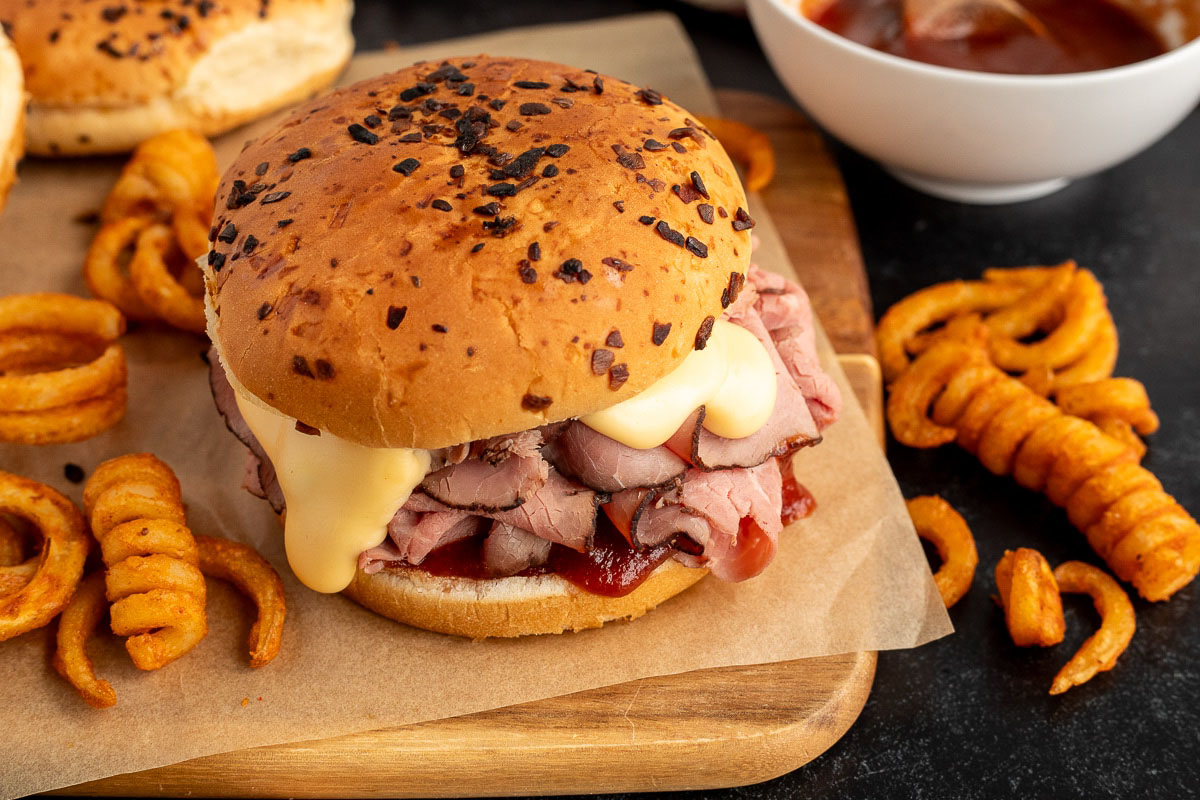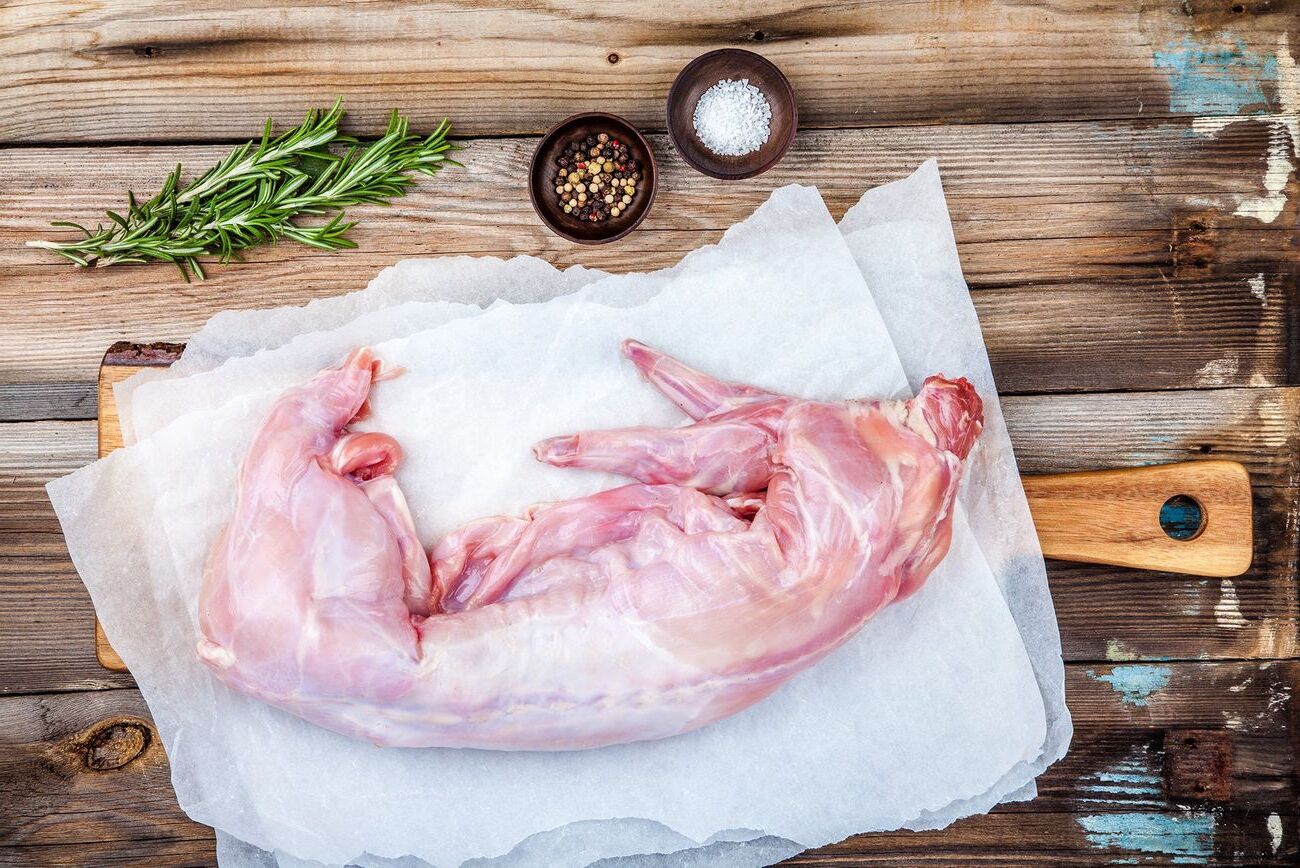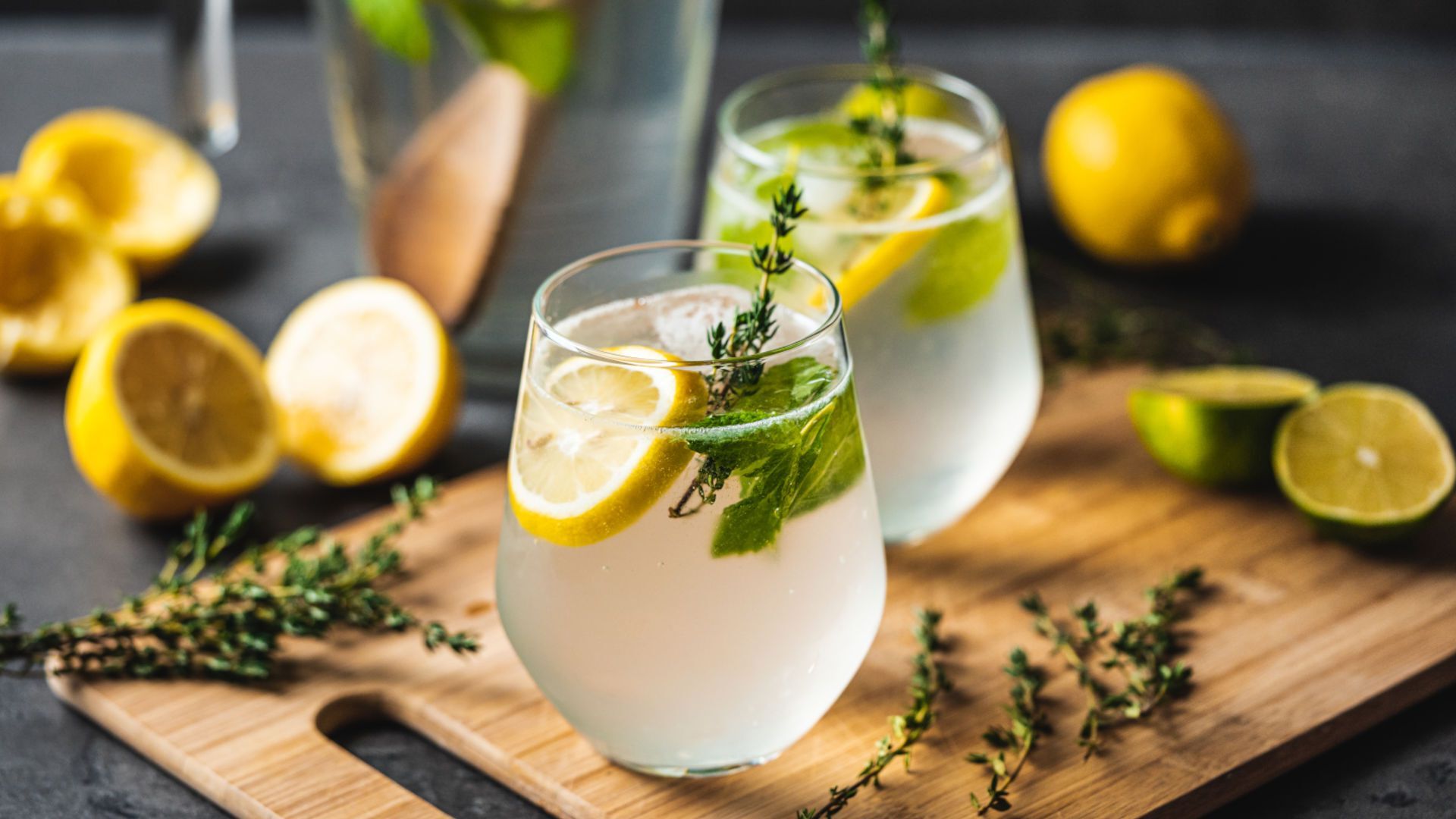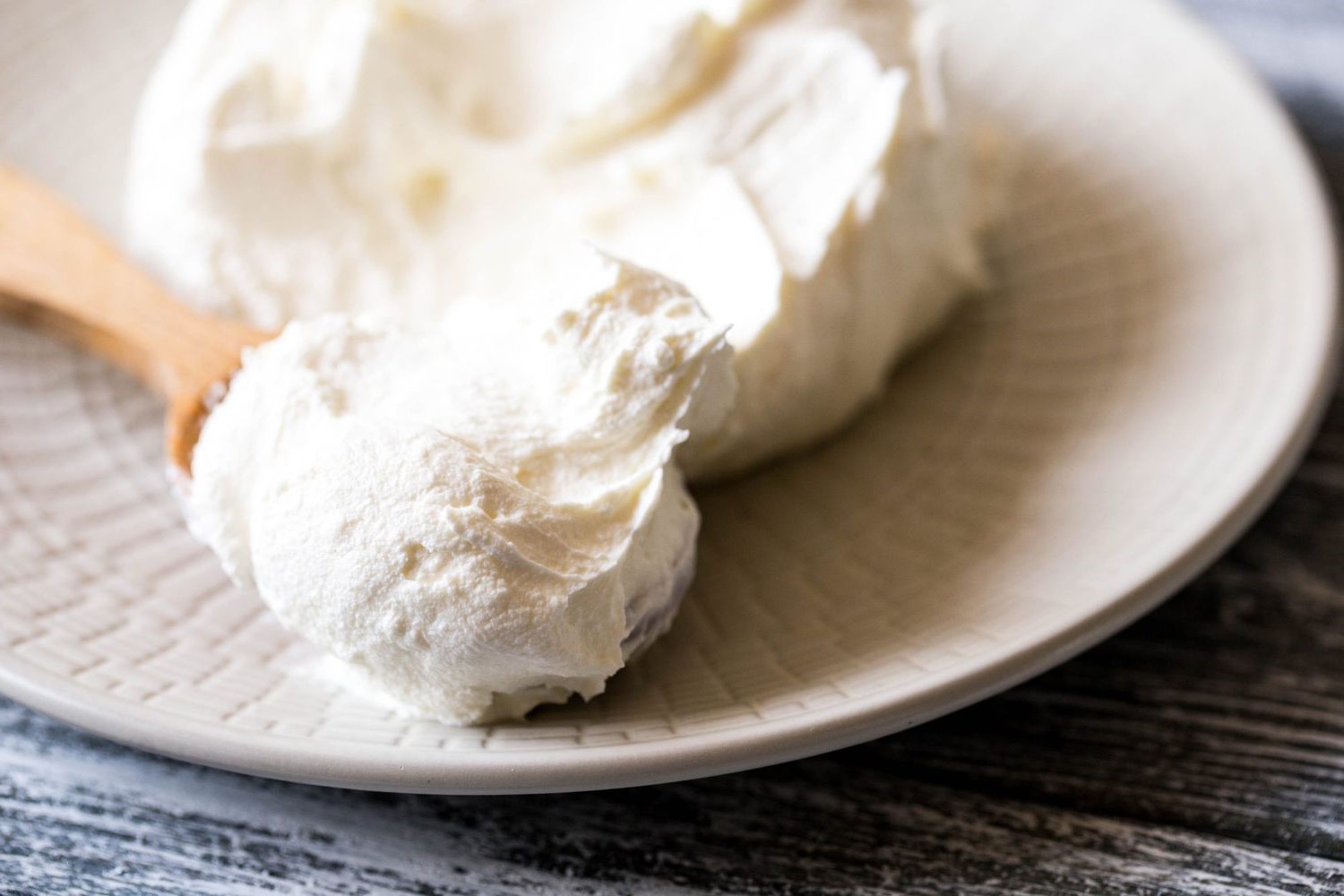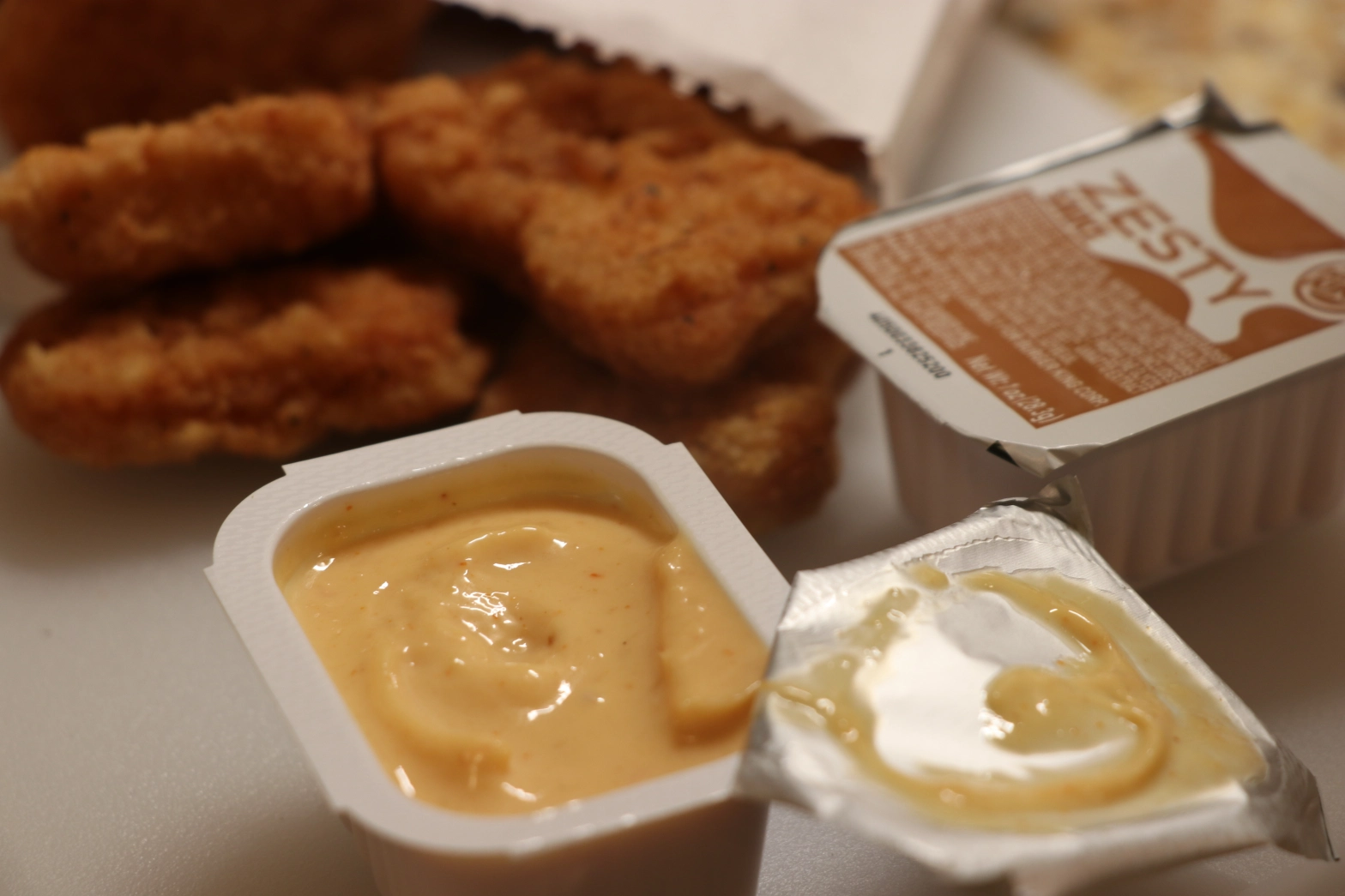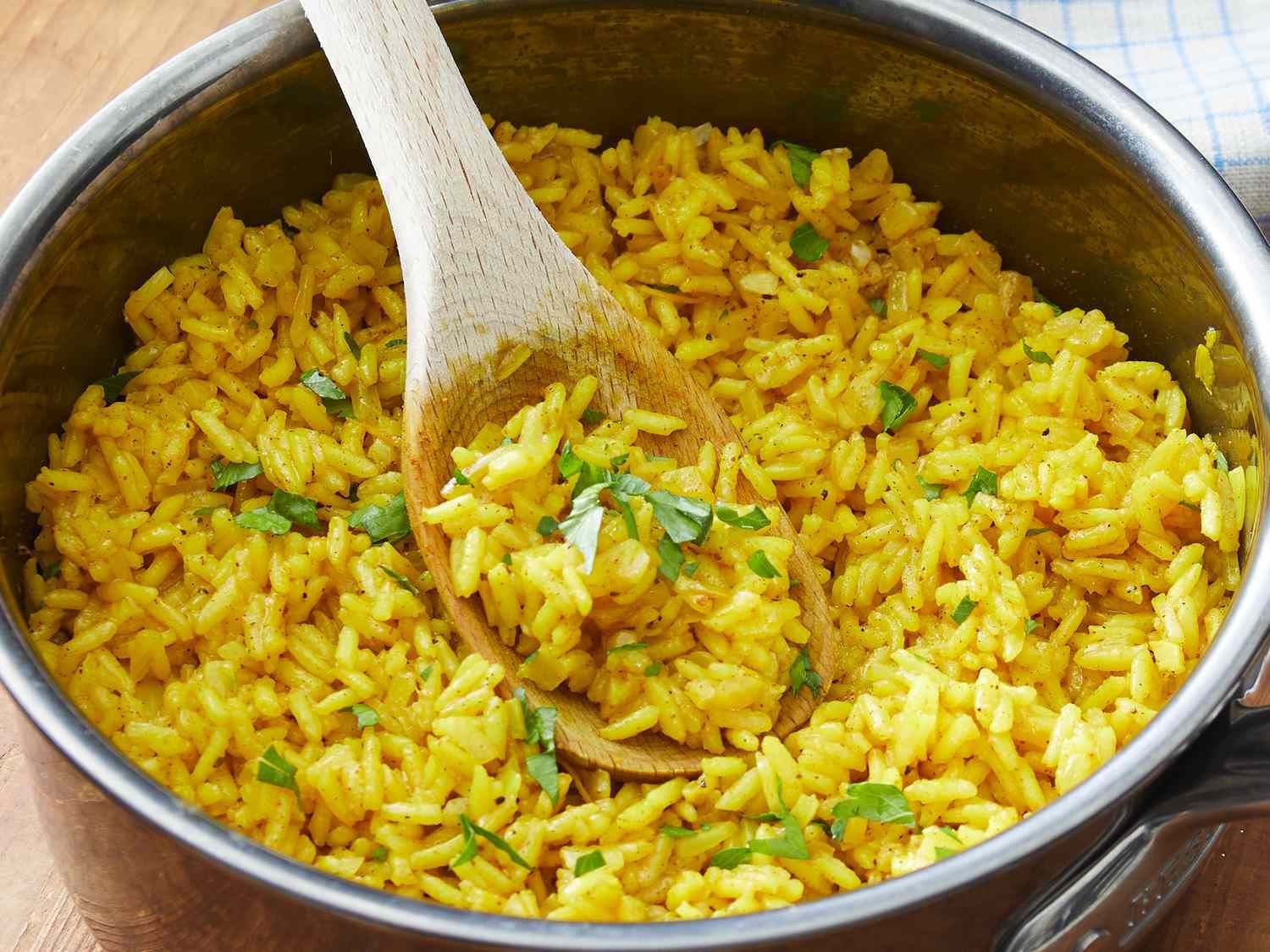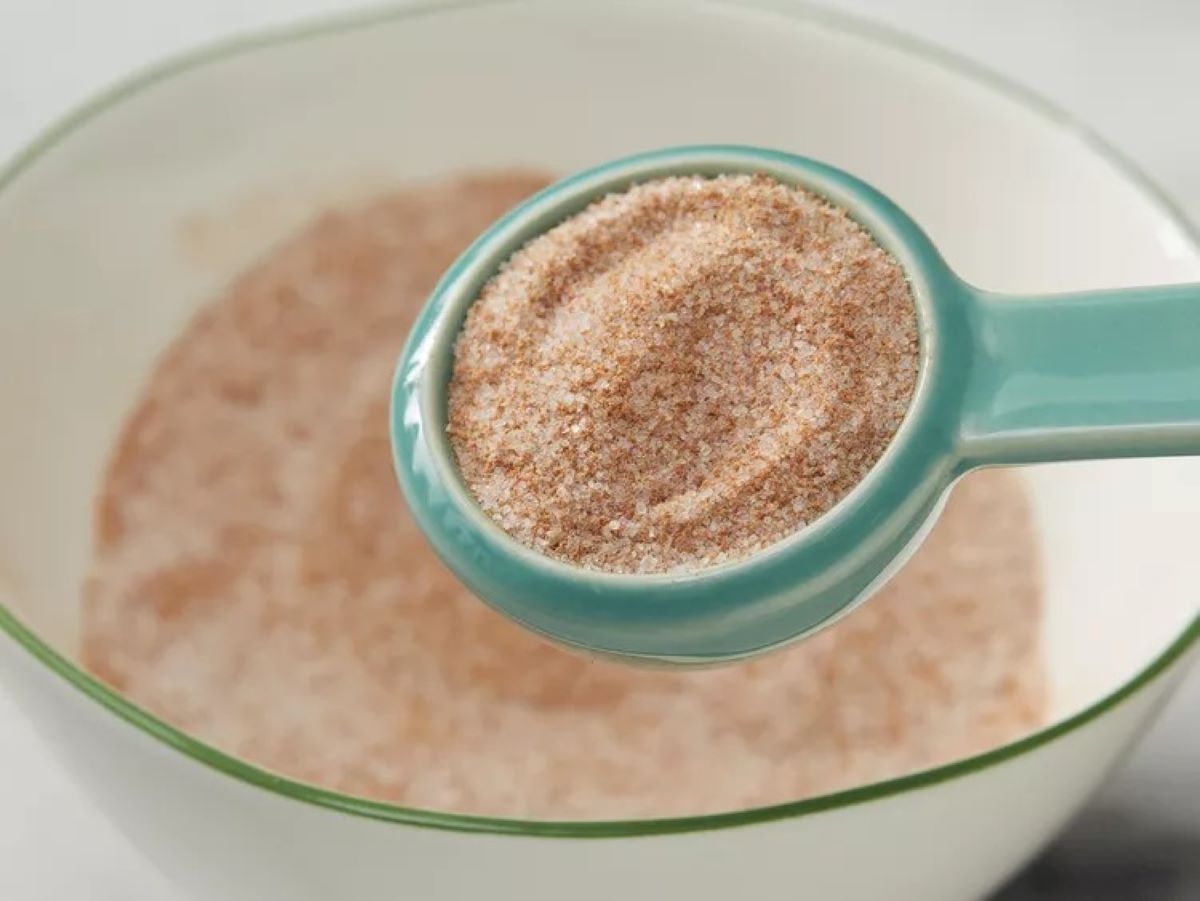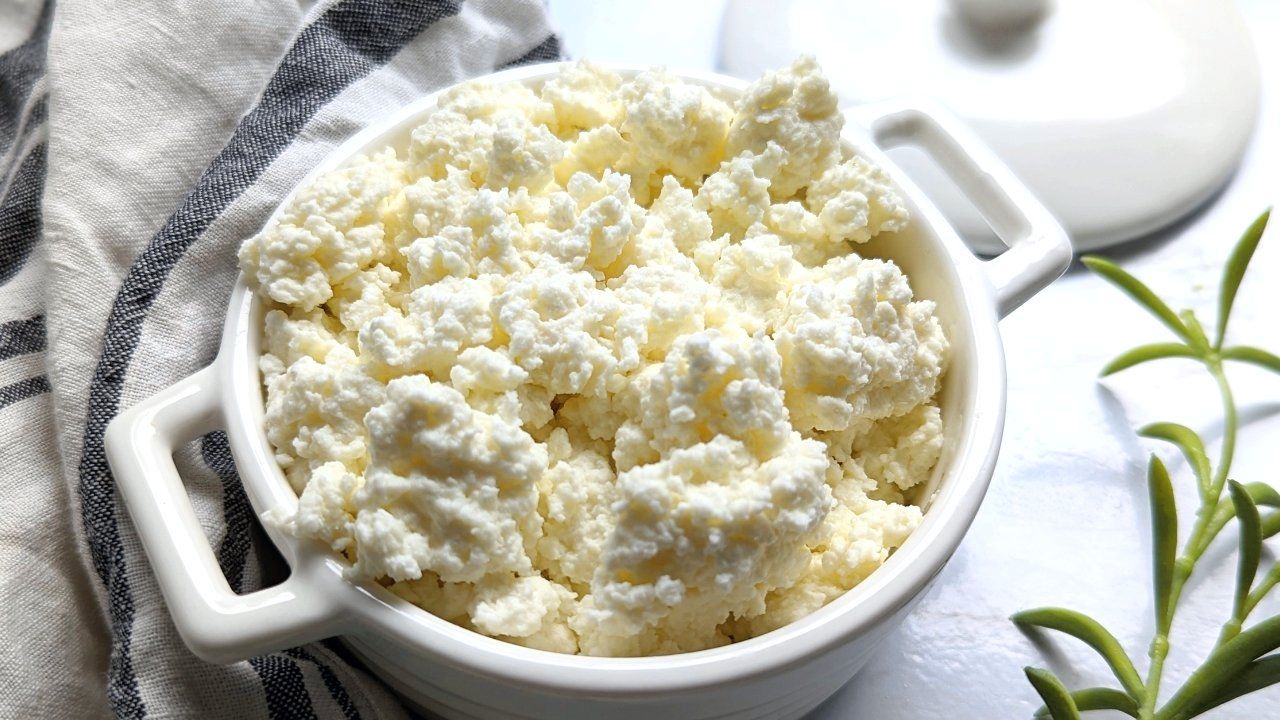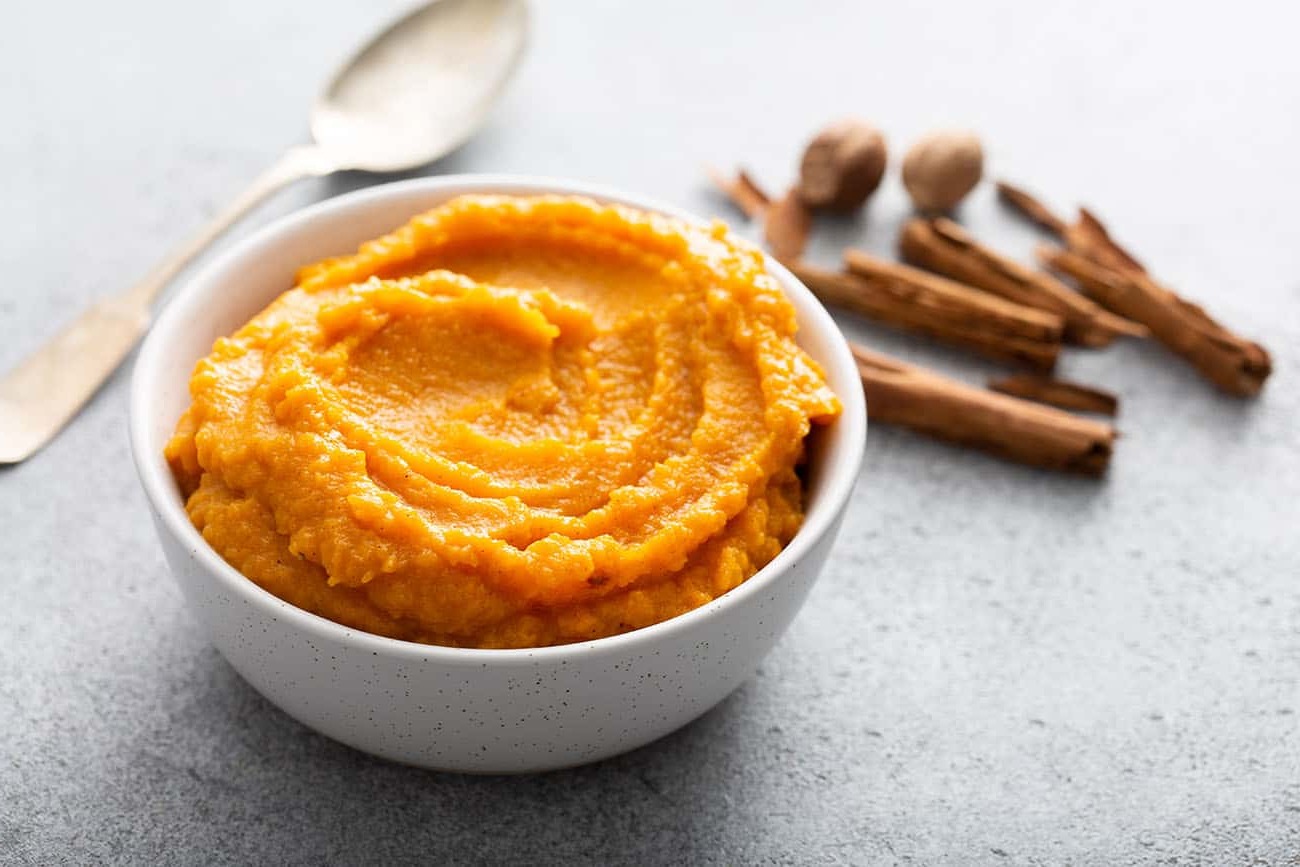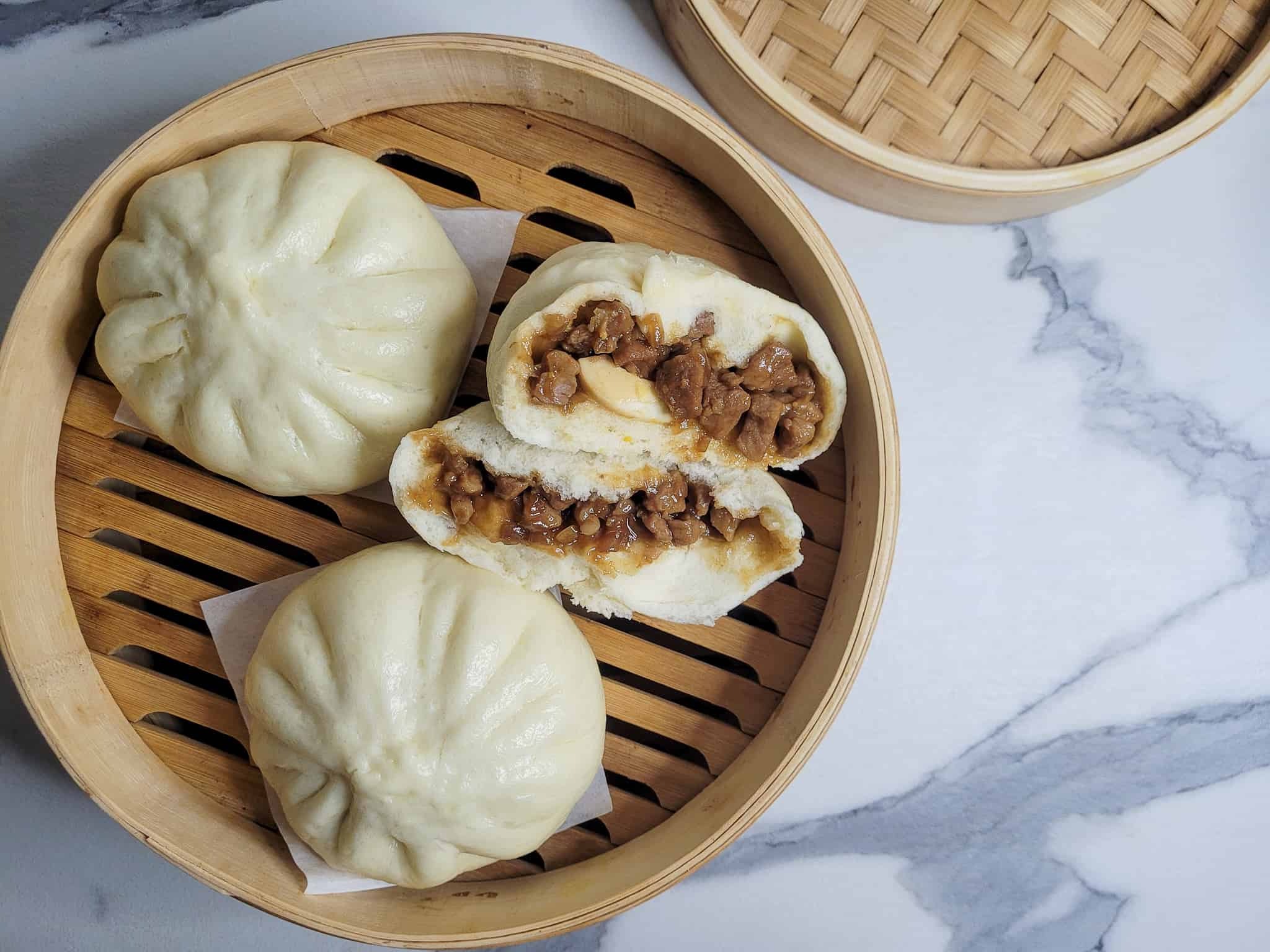Understanding Sautéing in Cooking
When it comes to cooking, there are various techniques that can be used to create delicious and flavorful dishes. One such technique is sautéing, which is a popular method used in kitchens around the world. Sautéing involves cooking food quickly in a small amount of oil or fat over high heat. This method is commonly used to cook vegetables, meat, and seafood, and it’s a great way to lock in flavor and nutrients.
How to Sauté
Sautéing is a simple yet effective cooking method that can be mastered with a little practice. Here’s a basic guide to sautéing:
- Preparation: Start by preparing the ingredients you want to sauté. This may involve chopping vegetables, slicing meat, or deveining shrimp.
- Heat the Pan: Place a sauté pan or skillet on the stove and heat it over medium-high heat. It’s important to use a pan with a large surface area to ensure that the food cooks evenly.
- Add Oil: Once the pan is hot, add a small amount of oil or fat. Olive oil, vegetable oil, and butter are all popular choices for sautéing.
- Add Ingredients: Carefully add the prepared ingredients to the hot pan. It’s important not to overcrowd the pan, as this can cause the food to steam rather than sauté.
- Sauté: Use a spatula or tongs to move the ingredients around in the pan, ensuring that they cook evenly. The high heat will help to caramelize the food, creating a delicious flavor and texture.
- Season: Once the ingredients are cooked to your liking, season them with salt, pepper, and any other desired seasonings.
Benefits of Sautéing
There are several benefits to sautéing food:
- Quick Cooking: Sautéing is a fast cooking method, making it perfect for busy weeknights or when you need to get dinner on the table in a hurry.
- Retains Nutrients: Because sautéing cooks food quickly over high heat, it helps to retain the nutrients and natural flavors of the ingredients.
- Enhances Flavor: The high heat of sautéing helps to caramelize the natural sugars in the food, creating a rich and flavorful end result.
- Versatile: Sautéing can be used to cook a wide variety of ingredients, from vegetables and meats to seafood and tofu.
Popular Sautéed Dishes
Many popular dishes around the world are prepared using the sautéing method. Some examples include:
- Stir-Fried Vegetables: A colorful and nutritious dish made by quickly sautéing a variety of vegetables with soy sauce and other seasonings.
- Chicken Piccata: A classic Italian dish featuring sautéed chicken breasts in a lemon and caper sauce.
- Shrimp Scampi: Succulent shrimp sautéed in garlic-infused butter and white wine, often served over pasta.
Conclusion
Sautéing is a versatile and efficient cooking method that can help you create delicious and healthy meals in no time. Whether you’re cooking up a quick weeknight dinner or preparing a special dish for guests, sautéing is a technique that every home cook should have in their culinary repertoire.
So, the next time you’re in the kitchen, consider giving sautéing a try. With a little practice, you’ll be able to master this cooking method and impress your family and friends with your flavorful creations.
Was this page helpful?
Read Next: What Is A Sweet Roll?
